Origin of the ceratolith genus Amaurolithus
Sediment samples from Ocean Drilling Program (ODP) Sites 999 and 1237 in the Caribbean Sea and Eastern Pacific Ocean were studied to monitor the evolution of ceratoliths from 7.4 Ma to 6 Ma. Orthorhabdus rugosus shows high variability at the end of the Tortonian to the Early Messinian (7.35 Ma to 6.91 Ma), resulting in the Amaurolithus (7.354 Ma) and Nicklithus branches (6.985 Ma). Orthorhabdus rugosus is an ortholith with three blades (sinistral, median, and dextral). The first ceratholith, A. primus, has two arms and a horseshoe shape with marked laths, and is stable and concave upwards. Its sinistral arm is formed from the sinistral blade of Orthorhabdus rugosus and the right arm is formed from the other blades.
The sudden appearance of A. primus in the sedimentary record at around 7.35 Ma was observed in both studied sections . The Figure shows the set modifications of O. rugosus producing the early A. primus. The modifications are not a gradual evolutionary sequence of intermediate progressively modified forms but occur simultaneously as they are present from the beginning of the first recorded specimens. Amaurolithus primus coexisted with the O. rugosus ancestor in the studied samples.
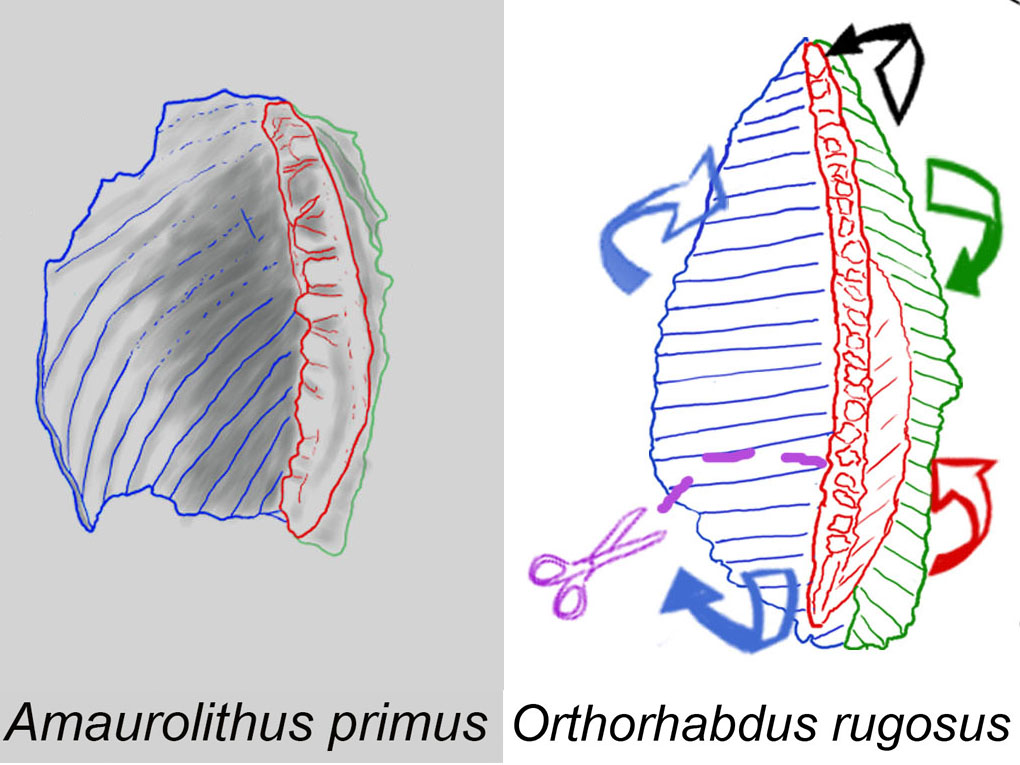
Cite as: Lancis, C., Tent-Manclús, J.-E., Flores, J.-A., 2022. Origin and evolutionary trends of the Neogene genera Amaurolithus and Nicklithus (calcareous nannofossils). Mar. Micropaleontol. 175, 102156. https://doi.org/https://doi.org/10.1016/j.marmicro.2022.102156
Thinkinazul project
Messinian Group will study the recent marine sediment on the Alicante coast. The new EU funded Thinkinazul project of the Generalitat Valenciana, coded as: GVA/Thinkinazul/2021/039.
The project will study changes in the coast-line, coastal risk and coastal aquifers. It has started on January 1, 2022 and will be active until November 18, 2024. The advances of the research will be announced in future posts of this blog. The leadership of the project is carried out by researches of the MIES is a Multidisciplinary Research Institute for Environmental Studies “Ramón Margalef” (Instituto Multidisciplinario para el estudio del Medio “Ramon Margalef”, IMEM in Spanish) of the Alicante University and integrate researches of 10 universities and research institutions.
Generalitat Valenciana Thinkinazul Project “aquaCHANGE” have been divided in 7 Working Party (WP) and framed in WP1: “Observation and monitoring of the marine and coastal environment”.

Sot de Chera field trip
Students of the third course of Geology of the Alicante University within the subject of Regional Geology: visit Jarafuel triassic section, Montealegre del Castillo triassic section, Sot de Chera Jurassic section and Monduver geologic dome.
The picture shows the in the Chulilla health resort section near by Sot de Chera (Valencia province)
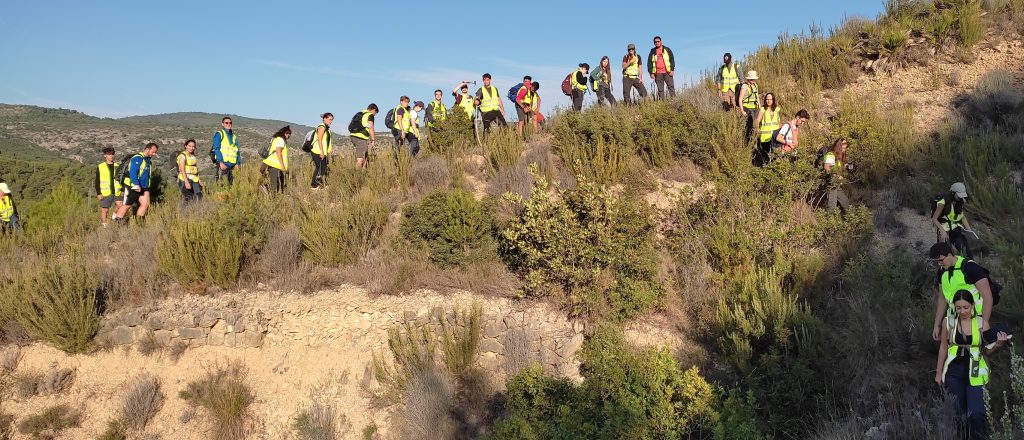
Field Trip to Almeria
This year the students of the third course of Marine sciences of the Alicante University visit the Sorbas basin, Cabo de Gata, and Mesa de Roldán on November 4th and 5th of 2021.
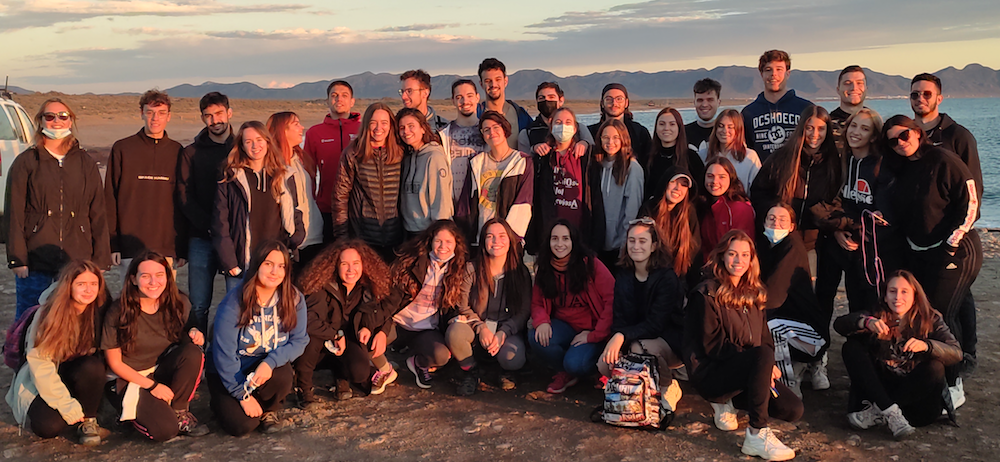
The picture show the student visiting the Torregarcia beach and the Roman remains of a cetaria (a marine factory).
The professors in charge were Antonio Estévez, Manuel Martín-Martín and José Enrique Tent-Manclús.
Pottery clays quarries in the domain territory of ancient Ilici (Alicante, SE Spain)
The Alcudia archaeological site correspond to the ancient city of Ilici (Roman Colonia Iulia Ilici Augusta). The site consists of an succession of Iberian, roman, byzantine, Visigoth and Moorish settlements (since the 5th centuries BC to the 8th century AC) on the top of a hill that in the 1st century BC was surrounded by a wall and nearby the Vinalopó river mouth in the Bajo Segura Bay. This bay was known in Roman times as the sinus Ilicitanus. Different clays of the area nearby to the site have been sampled, analysed and then compared with analysis of some pottery remains of the different periods of the Alcudia settlement. The clays have been analysed by micro-X Ray fluorescence (µXRF) and by infrared spectrometry by Fourier transformed (ATR-FTIR), as crude, mixed in different proportions, and then heated to a different temperature until 900ºC. The old remains show affinities with the clays sampled from the Eastern part indicating a W-E influence, as the northern coast of the sinus ilicitanus. During the roman period and later the pottery was made using the nearby clays located just to the north of the site clearly influenced by the via Augusta. The topography to the north of the site is formed by low but steep hills and small creeks that possibly limit the commerce to the north, so the commerce follows the marine plain coast of the northern sinus ilicitanus. The opening of the roman road via August along the Vinalopó Valley favoured the use of pottery clays from the interior of the territory.
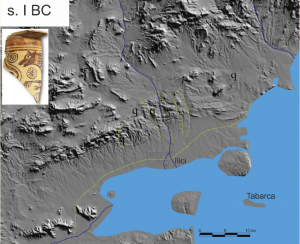
Cite as: Jordá Guijarro, J., Cerdán Sala, M., Sánchez-Sánchez, A., Ronda Femenia A., Tendero Porras, M. and Tent-Manclús, J. E. (2021): Pottery clays quarries in the domain territory of ancient Ilici (Alicante, SE Spain). LAC1+1, Landscape archaeology conference, 8-11 june 2021 Book of Abstracts. 45 p.
The development of the sinus illicitanus (II)
Change on the coastline of the Southern Alicante region
Tent-Manclús, J. E.
The Bajo Segura Region is a plain dominated by the Segura River with the mouth towards the Mediterranean Sea on Guardamar. The Hondón and Salinas de Santa Pola lagoons inside the plain, are the remains of a major marine bay known in the Roman times as the sinus ilicitanus. Offshore the Region geophysical data has permitted to model the coastline change and study the underwater marine terraces. 183 maps have been made from the 15000 BP until Today (100 year apart the older ones and 25 years for the recent ones). The coastline has migrated between 20 and 50 km onshore and then offshore about tens of meters to 35 km shaping today coastline. The sea level at 15000 BP was located 70 m below today sea-level (btsl). During the Younger Dryas (13500 to 11700 BP) varies around 60-66 m btsl then increase until 21 m btsl and stopped during the 8.2 ka event (8500 BP to 8200 BP). Again, the level increases first fast and then slowly but moving fast horizontally (near 35 km for 1000 years) developing the sinus ilicitanus when the marine transgression enters the plain about 4200 BC. The Segura River developed a delta in the today area of Orihuela, 35 km to the East of its today river mouth in Guardamar. The river until around the year 1400 AD developed a fingering (bird-foot) quite variable delta in the center of the sinus, most of the major irrigation canals (acequias) could correspond to the ancient delta-channels. Around the XV century major events changed the sinus basin producing the river mouth move to the present location. The sinus open communication with the Mediterranean Sea was closed around the XVIII century by sand bars, first the southern of Guardamar and then the northern on Santa Pola.
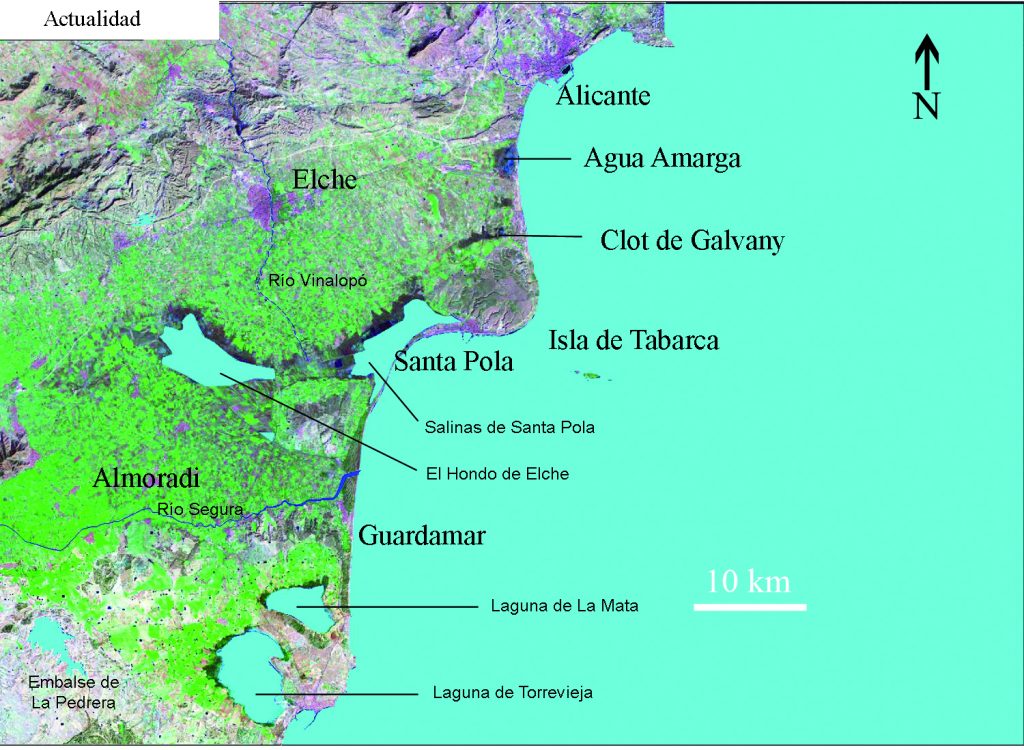
Cite as:
Marine Geology field trip to Sorbas (post-pandemic)
This year the students of the third course of Marine sciences of the Alicante University, could not go for a field trip on November as previous years, visiting the Sorbas basin, Cabo de Gata, and Hoyazo de Nijar. When the courses ended on May most of the students did the visit. The visit took place on 27 and 28 of May of 2021.
The field trip was strange because of the new normality and also the rain comes to Almeria during the visit.
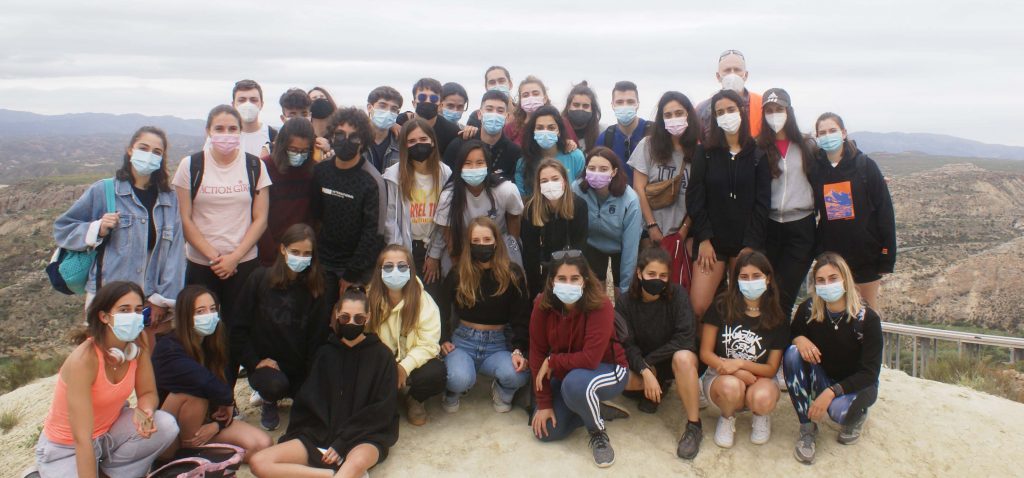
The professors in charge were Juana Jordá, and José Enrique Tent-Manclús.
Students of Alicante University did practices in La Albufera
Students of the third course of Geology of the Alicante University within the subject of Regional Geology: visit La Albufera de Valencia. First we have a view of the Ermita dels Sants de la Pedra (Sueca) and then the Silla Port. The evolution of the Albufera from the Middle Ages when was connected with the sea to the today lake was explained. The Moorish expulsion using the today disappeared Sueca Port was pointed as the one of the subject to work with.
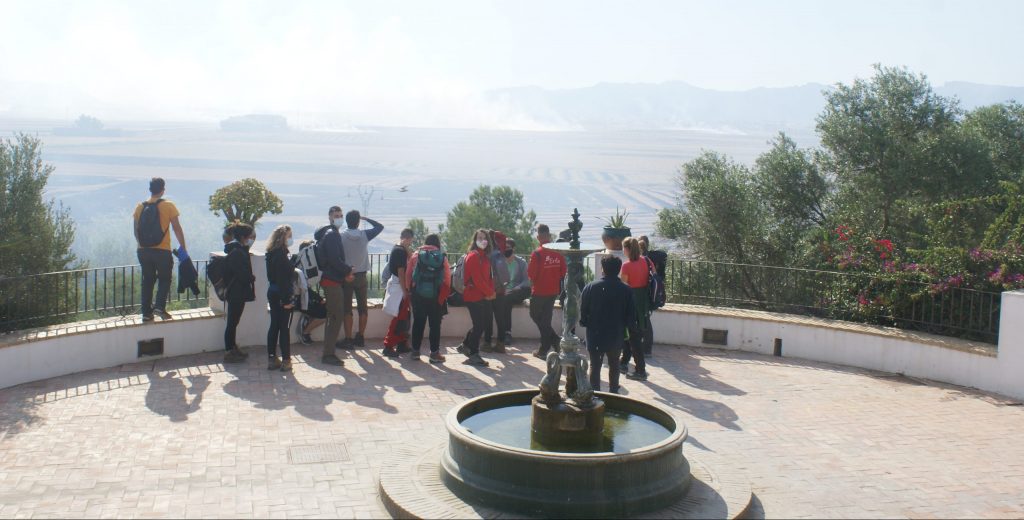
The development of the sinus illicitanus (I)
The change of the coastline in the southern part of the province of Alicante for the last 15,000 years have been modeled and described in the work of Tent-Manclus (2013). It is obtained by integrating data from different sources and especially high-resolution seismic profiles of the nearby marine continental shelf. Ten periods have been distinguished in the evolution of the Bajo Segura coastline : 1) 15000 BP- 14600 BP: rapid rise; 2) 14600 BP to 13500 BP: the Older Dryas, slow rise; 3) 13500 BP to 12700 BP: stability and descent; 4) 12700 BP to 11700 BP: the Younger Dryas, descent of the sea level; 5) 11700 BP to 11300 BP: very fast rise; 6) 11300 BP a 8500 BP: rapid rise; 7) 8500 BP = 6500 AC to 8200 BP = 6200 AC: 8.2 ka event stabilization; 8) 6,200 BC to 4,000 BC: rise, Tabarca Island is form; 9) 4000 BC to 3000 BC: the slow rise due to subsidence sinus ilicitanus forms and 10) 3000 BC to the present day 2000 AD: the sinus ilicitanus desiccates.

Maps at different times are show selected from the 164 maps that have been made. This is a first version of how the coastline evolves in the region. This work It can be a starting point to improve knowledge of the historical landscape evolution..
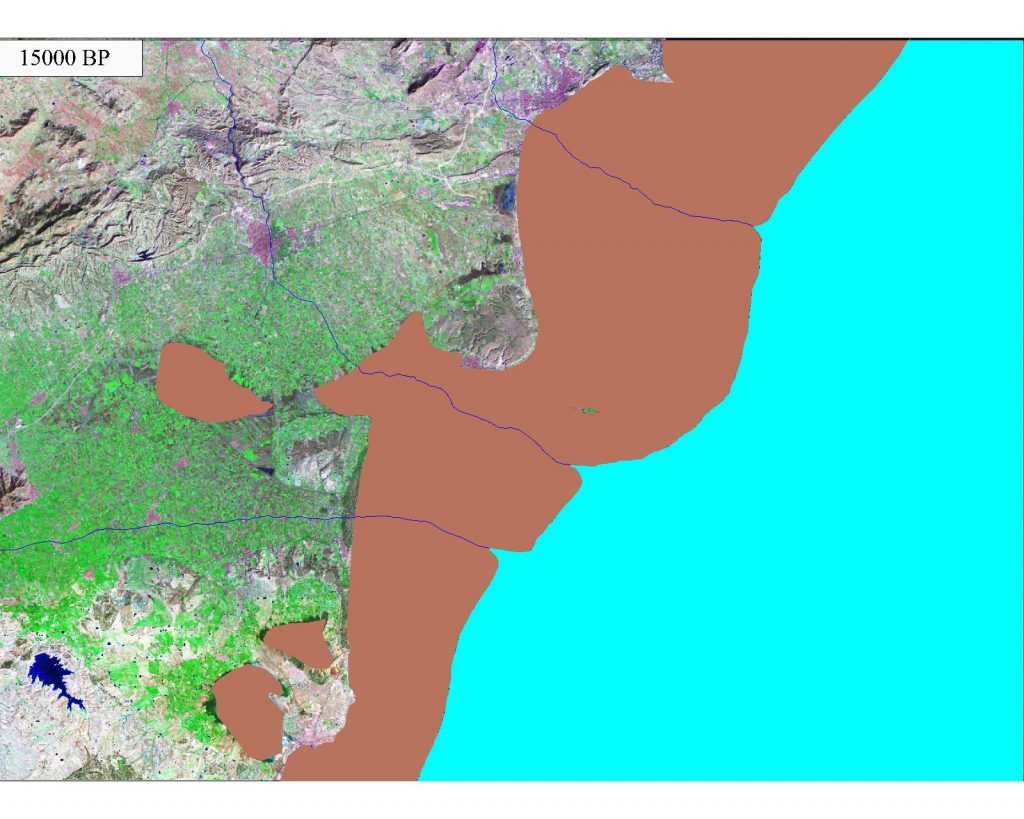
The sinus ilicitanus dries until today, the rest of which are the lagoons of the Fondo and Santa Polo Salinas.
Cite as: Tent-Manclús, J. E. (2013): Cambios de la línea de costa en el Bajo Segura (S de Alicante) en los últimos 15.000 años. Estudios geográficos, 74 (275): 684-702. Doi: 10.3989/estgeogr.201324

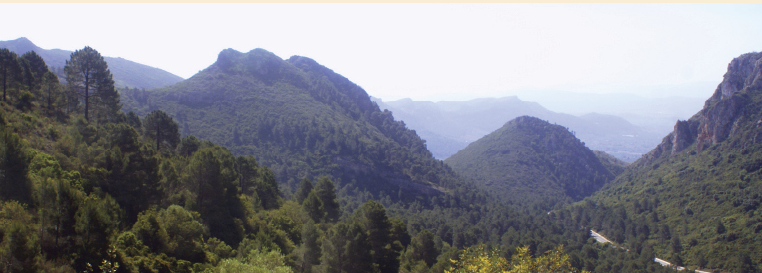
Recent Comments